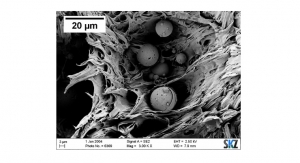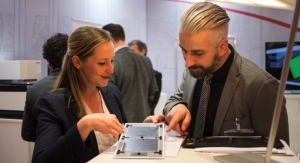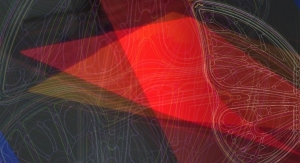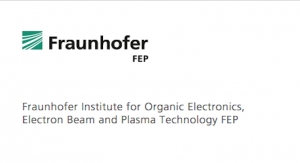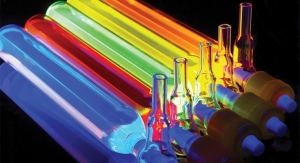01.08.18
The Center for Applied Nanotechnology (CAN) GmbH was integrated into the Fraunhofer Institute for Applied Polymer Research (Potsdam-Golm) on Jan. 1, 2018. Under the leadership of Professor Horst Weller, the 23 employees will continue their research activities at CAN’s location in Hamburg. Their focus is on the manufacturing and characterization of a range of materials in the form of nanoparticles and nanocomposites.
Fluorescing, magnetic, catalytically active or electrically conductive – the particle systems developed by CAN are versatile. In the future, they will primarily be used in displays, solar and fuel cells, in diagnostics, or as special polymers for cosmetic applications.
“CAN’s portfolio fits perfectly into the range of competencies offered by the Fraunhofer IAP, with the experts at both institutions building on shared expertise. This enables us to expand our activities in the business areas of optoelectronics and medical technology,” said Professor Alexander Böker, head of the Fraunhofer IAP. The initial joint projects that will drive forward the integration include the development of security features for counterfeit protection, optical sensors for hyperspectral cameras, and rapid tests used in medical diagnostics.
CAN GmbH was founded in 2005 as a public private partnership between the Free and Hanseatic City of Hamburg, the University of Hamburg, and industrial enterprises, all of which had joined forces to form a support association. Members of the association included the companies Beiersdorf AG, Eppendorf AG, Merck KGaA, Bode Chemie GmbH and DESY, as well as the Hamburg Chamber of Commerce and Hamburg Savings Bank.
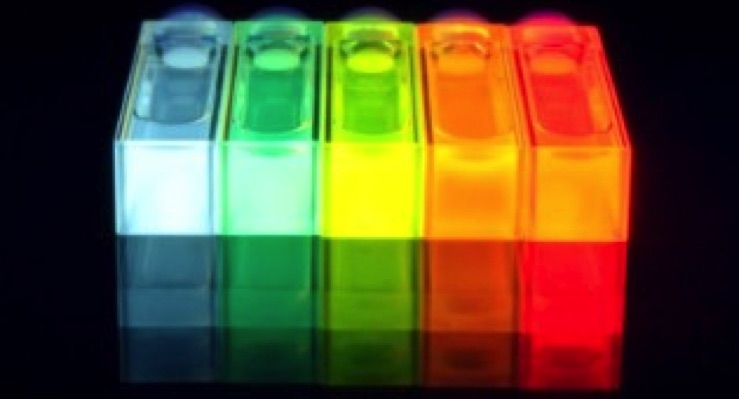
Semi-conductive particles (quantum dots) under UV light stimulation: their fluorescence changes as they increase in size, from left to right. (Photo Fraunhofer CAN, Foto: Edgar Wacker)
Fluorescing, magnetic, catalytically active or electrically conductive – the particle systems developed by CAN are versatile. In the future, they will primarily be used in displays, solar and fuel cells, in diagnostics, or as special polymers for cosmetic applications.
“CAN’s portfolio fits perfectly into the range of competencies offered by the Fraunhofer IAP, with the experts at both institutions building on shared expertise. This enables us to expand our activities in the business areas of optoelectronics and medical technology,” said Professor Alexander Böker, head of the Fraunhofer IAP. The initial joint projects that will drive forward the integration include the development of security features for counterfeit protection, optical sensors for hyperspectral cameras, and rapid tests used in medical diagnostics.
CAN GmbH was founded in 2005 as a public private partnership between the Free and Hanseatic City of Hamburg, the University of Hamburg, and industrial enterprises, all of which had joined forces to form a support association. Members of the association included the companies Beiersdorf AG, Eppendorf AG, Merck KGaA, Bode Chemie GmbH and DESY, as well as the Hamburg Chamber of Commerce and Hamburg Savings Bank.

Semi-conductive particles (quantum dots) under UV light stimulation: their fluorescence changes as they increase in size, from left to right. (Photo Fraunhofer CAN, Foto: Edgar Wacker)

